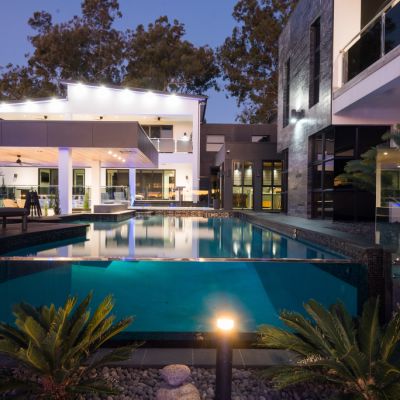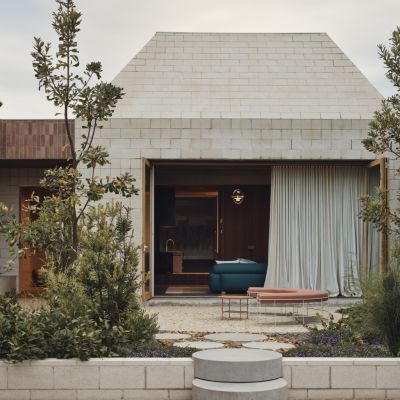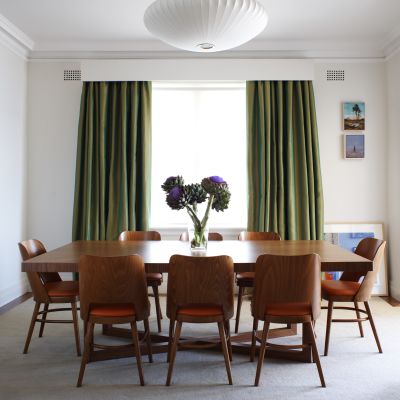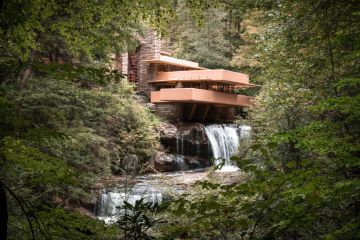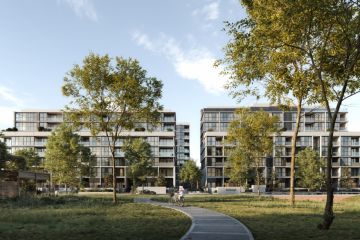Interstate buyers are setting their sights on Adelaide's grandest homes
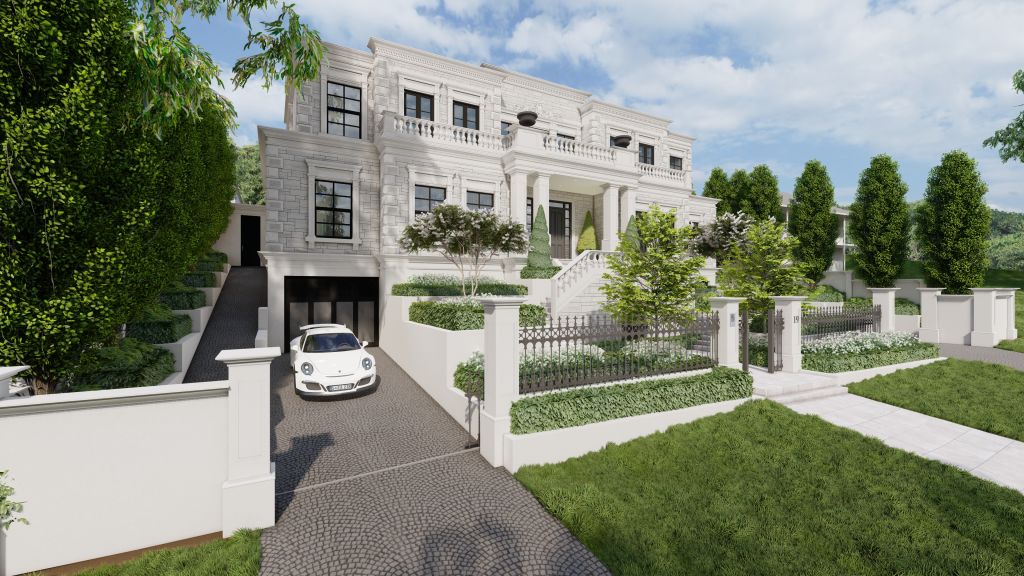
There’s a magnificent new Hollywood Hills-inspired mansion with over 1300 square metres of living areas scattered over three levels, a classic bluestone manor with its own ballroom, tennis court and pool, a grand chateau of seven towers on a private estate in the hills, and a sandstone villa near the beach.
For prestige property purchasers, Adelaide offers a smorgasbord of luxury homes for the kind of prices that could make buyers in other capital cities weep.
And as the city was recently declared the most liveable city in Australia and the third most liveable city in the world, it’s suddenly on the post-pandemic radar of many more people.
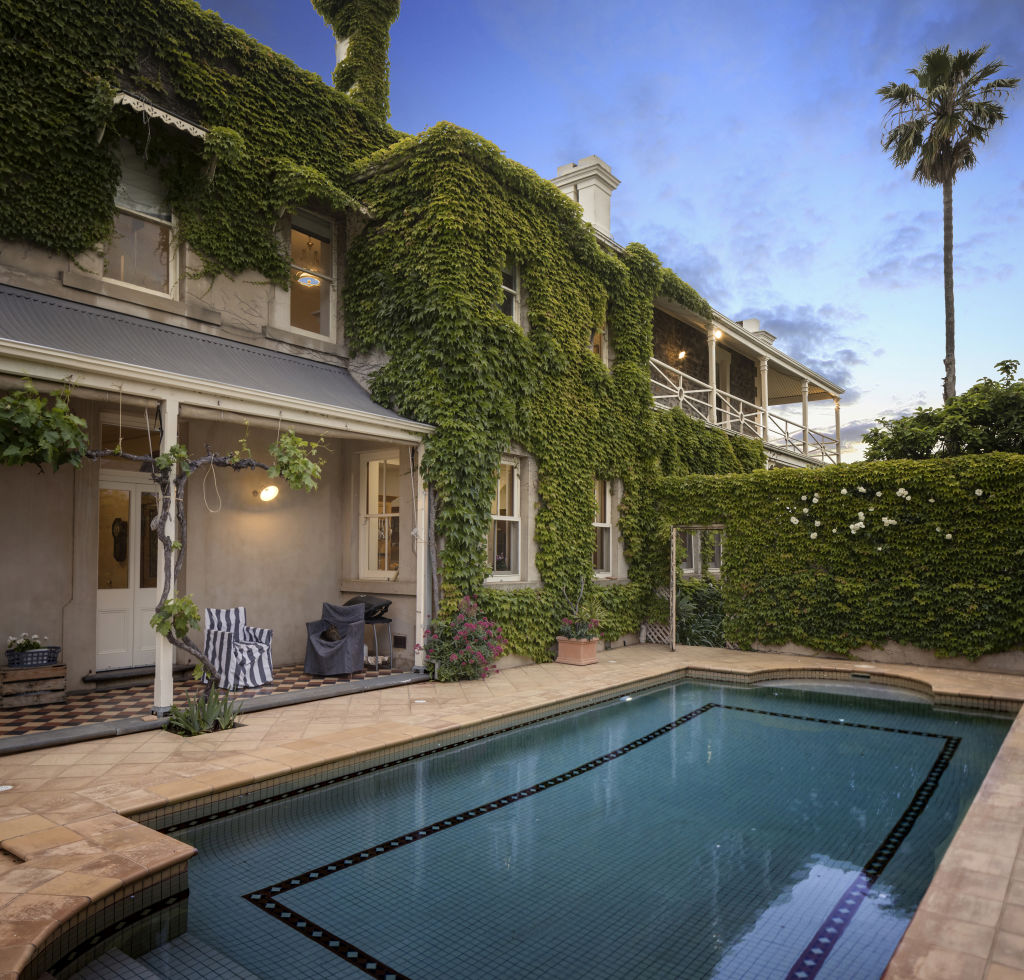
“COVID-19 has brought a lot more buyers here,” says Matthew Paternoster, of Williams Real Estate.
“They’re looking at us from Sydney and Melbourne, where there’s now been so much time spent in lockdown, and seeing that we’ve only had … lockdowns of 10 days all up.
“They’re also looking at the kind of property we have, with lots of big character homes and city townhouses, and they’re seeing our prices.
“Now, so many of them are selling their homes for maybe $7 million, $8 million, $9 million or $10 million, and buying something equivalent in Adelaide for $3 million to $4 million and putting the rest in the bank or into their businesses or other investments.”
The world-beating rating from The Economist Intelligence Unit’s Global Liveability Index 2021, which scored 140 cities on features such as safety, sustainability, healthcare, education, stability and infrastructure, didn’t hurt either.
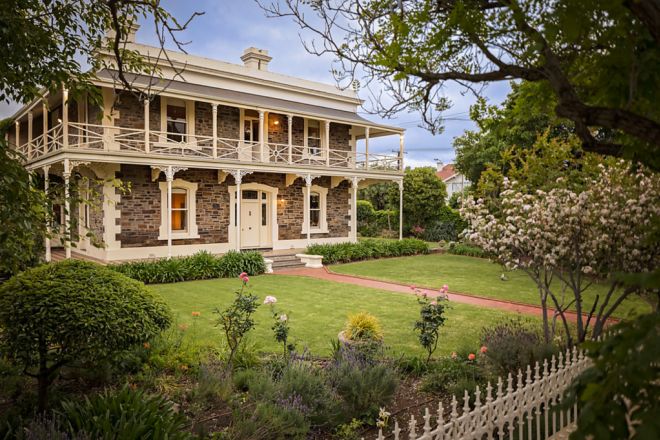
With Adelaide ranked behind only Auckland and Osaka, it’s concentrated attention even more on a capital city that the Australian Bureau of Statistics projects to still only have a population of about 1.5 million by 2027.
“We’re now seeing a lot of people coming here from interstate, as well as Australians who’ve been living overseas in the UK, US, everywhere, returning to live here, or buying here on FaceTime for when they can return,” says Mark Sanderson, the president of the Real Estate Institute of South Australia.
The resulting increase in demand for homes has seen the median house price in Adelaide rise by 16.3 per cent over the past year, on Domain figures.
At the top end, anecdotally, the rise has been sharper still.
David Smallacombe, of Smallacombe Real Estate, says in some of the blue-chip suburbs such as Medindie – where a sale in March for a reported $10.5 million smashed the city’s property price record – and Toorak Gardens, rises have been as high as 30 per cent.
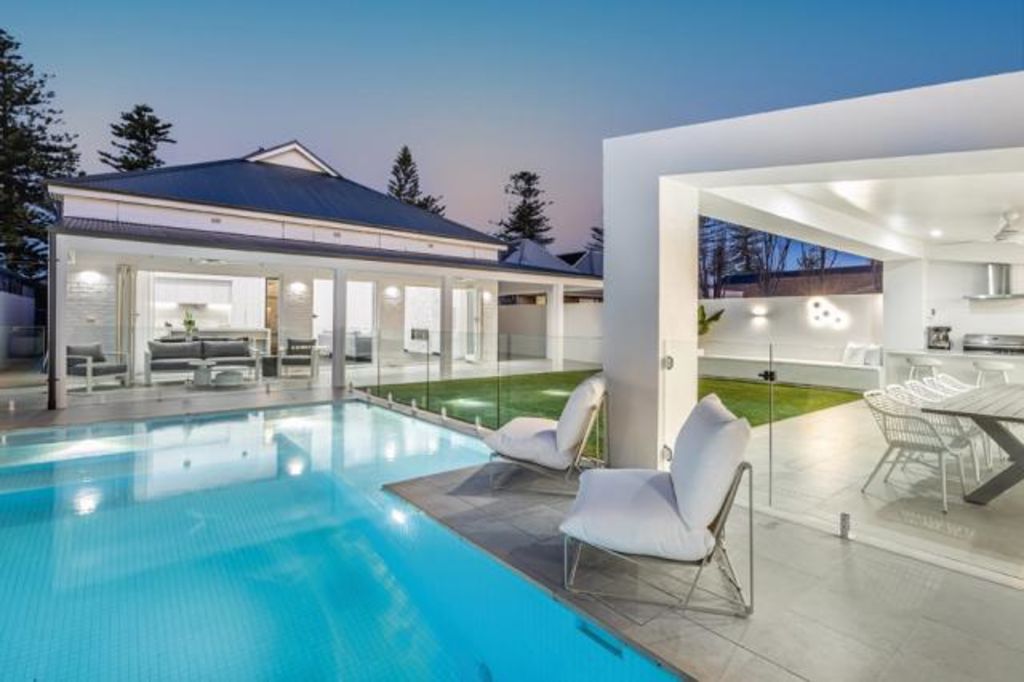
“People are keen to buy in good school zones, particularly from overseas, and you can see these kinds of big price rises continuing,” he says.
“People are now able to work remotely, and while in the past we’ve not had so many jobs locally, that’s now starting to change.”
The city, already revitalised by the $535 million redevelopment of the old Adelaide Oval, is currently undergoing an unprecedented commercial boom.
Charter Hall has poured $470 million into a new commercial tower in the CBD, Cbus Property has appointed multiplex to deliver its new $300 million commercial office development nearby, and ICD Property will soon be starting its $400 million mixed-use development at the city’s iconic Central Market precinct.
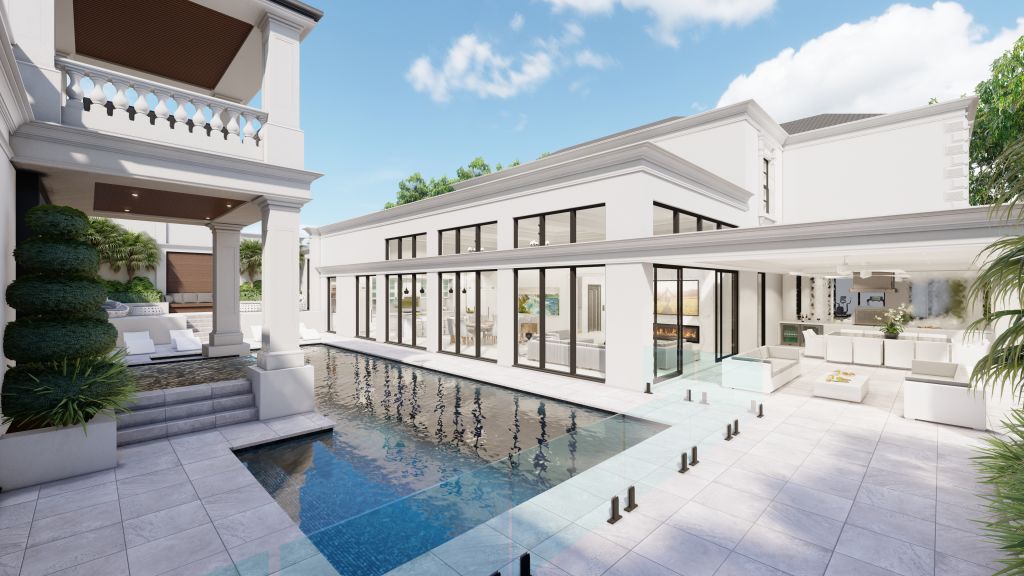
“We’ve had incredible levels of both commercial and residential interest in Adelaide,” says Daniel Gannon, South Australian executive director of the Property Council of Australia.
“We’re now in the fortunate position of more people moving to Adelaide for its value proposition and its lifestyle, and far fewer wanting to leave.
“In the past, many of our best and brightest moved away to further their careers, but Adelaide now offers so much to everyone.”
The city has long been considered the nation’s most conservative capital, but even that is changing, says Grant Giordano, principal of Giordano & Partners Luxury Real Estate.
“Adelaide has always been, I don’t want to say provincial but parochial in that people never wanted their neighbours to know what they paid for a house,” he says.
“But now it’s different. It’s a competition to keep up with the Joneses, and they’re willing to pay more to get exactly what they want, especially with COVID, and they don’t worry what their neighbours might think.
“It’s been a big ideological shift in attitude and sentiment. They see magnificent houses around the world, and now they want them, and don’t feel they have to hide them away behind brush fences and iron gates.”
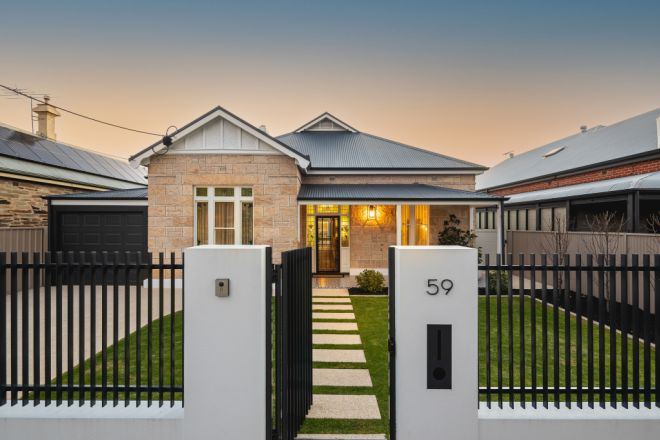
John Williams, co-principal of Williams Real Estate, agrees there’s been a change of attitude brought about by COVID-19.
“People now want to enjoy life and improve their home environment and buy that luxury home now that they’d been putting off buying,” he says.
Blake Scholz, of Ray White Unley, who is currently auctioning a four-bedroom sandstone villa close to the beach at 59 Partridge Street, Glenelg South, says he’s seeing new price records set around the beaches almost every week.
“In the prestige market, we used to have one to two buyers for each property, but now we’re having multiple, multiple offers prior and up to 20 bidders at properties over $2 million,” he says.
“That’s a big shift for us, and it’s making the whole market incredibly buoyant.”
We recommend
We thought you might like
States
Capital Cities
Capital Cities - Rentals
Popular Areas
Allhomes
More
